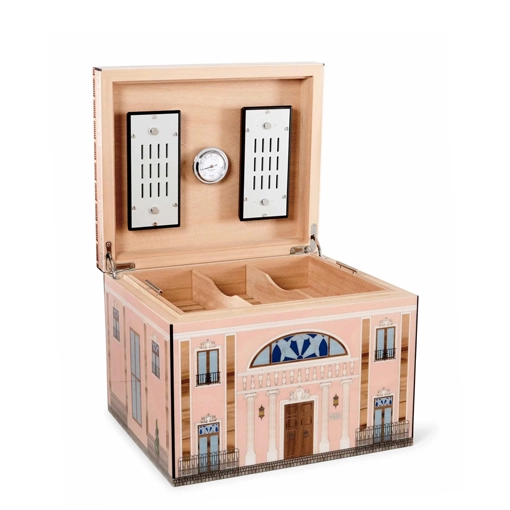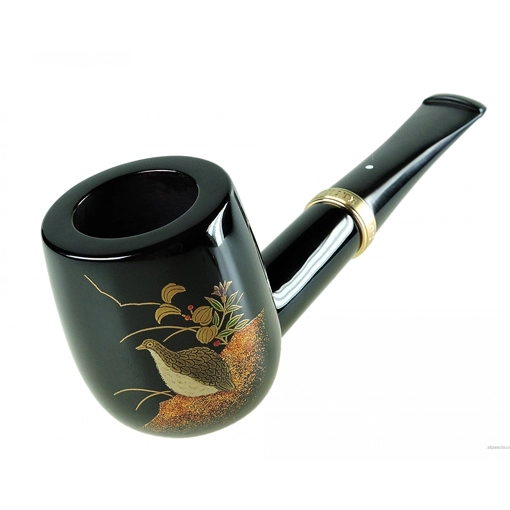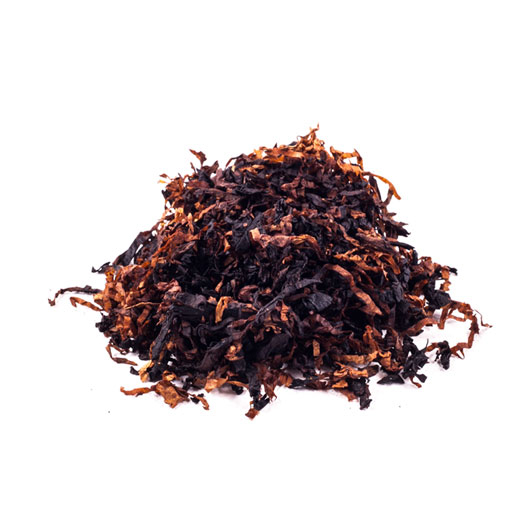Cigar History, Drinks and Cigars, Pipe Smoking Blogs, The Cigar Blog, Tobacco History
The History of the English Tobacco Houses
The English capital of London was once, believe it or not, the smoking capital of the world. While it is still possible for people to sample cigars in the shops and lounges of Britain, the smoking ban of July 2007 instantly changed the way cigars can be enjoyed with friends. Still, tobacco houses are engrained into British culture, and many aficionados can even encounter this forgotten past in a visit to a specialist store.
Britain first sampled tobacco in the mid-16th century when it was brought over from Florida. It became popular when Sir Walter Raleigh promoted it throughout the courts, yet many British sailors had previously sampled this ‘holy herb’ through chewing or smoking cigarettes from their Spanish and Portuguese friends who sailed with them. By the time 1590 rolled around, the whole capital was hooked.
Many diaries note London’s past love of tobacco, and these records highlight how many had a pipe that they carried around with them to light up at any given occasion. By 1614, there were around 7,000 tobacco houses in London alone, trumping the number of alehouses and taverns combined. Yet, despite the popularity of pipe-smoking, the price of pipe tobacco was initially high, coming in at 3d per pipe-full, making it a hobby for only the upper classes to begin with.
The tobacco houses were lavishly decorated, with a curtained-off smoking area where a row of tobacconists would await customers seeking a pipe-full of smoke. Considered an almost religious experience, pipe-smoking was a divine pursuit that, according to many, brought men closer to God, which obviously intrigued the first generation of smoking intellectuals and philosophers- making the habit synonymous with the image of scholars.
Despite the brief period where James I tried, unsuccessfully, to reverse the popularity of these establishments, the tobacco houses remained a staple favourite for centuries. During which time, smoking became more accessible for people of all classes, with taverns even offering free clay pipes to their punters- turning it into a working-class occupation. Whilst many people, of middle and upper classes, incorporated a smoking room within their homes from the 17th century onwards so the pleasure of smoking could also be pursued at home.
By 1820, tobacco became available wrapped up in leaves, which initiated the start of a centuries-long affair with cigars. Yet its presence wasn’t initially welcomed by all, thus requiring the need for a segregated space for those who loved cigars. Enter the reliable tobacco houses, who catered well to their clientele, with a range of Nicaraguan, Dominican and Cuban brands on offer. But just like the introduction of the pipe-smoking, cigars became the new pastime of the rich, the famous and the learned scholar. Whilst the tobacco houses, aside from their studies at home, provided a retreat where men could not only enjoy a cigar, or two, but converse in the talks not suitable in the presence of ladies.
Even to this day, a retreat where you can enjoy a fine cigar is something that is highly treasured. Whilst tobacco houses are not readily available in the capacity they once were in Britain, there are still a few places where cigar aficionados can meet up and enjoy a sample of stogies together. We host many cigar events throughout the year and welcome anyone to join us. Be sure to keep an eye on our blog and social media channels to find out when and where our next cigar evening will be held.









